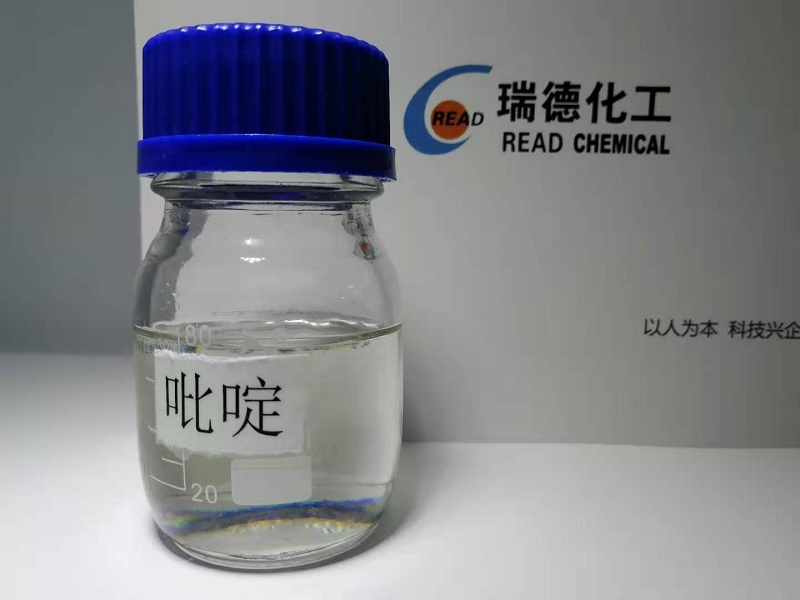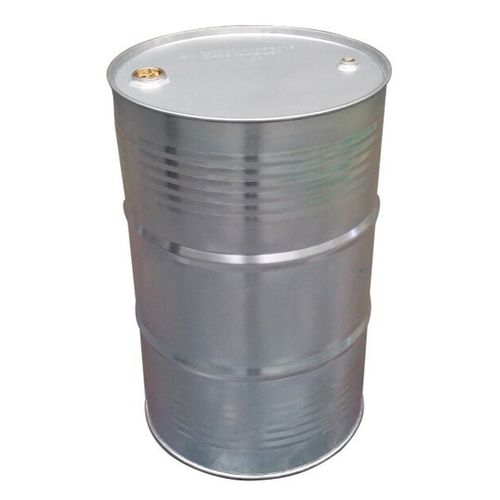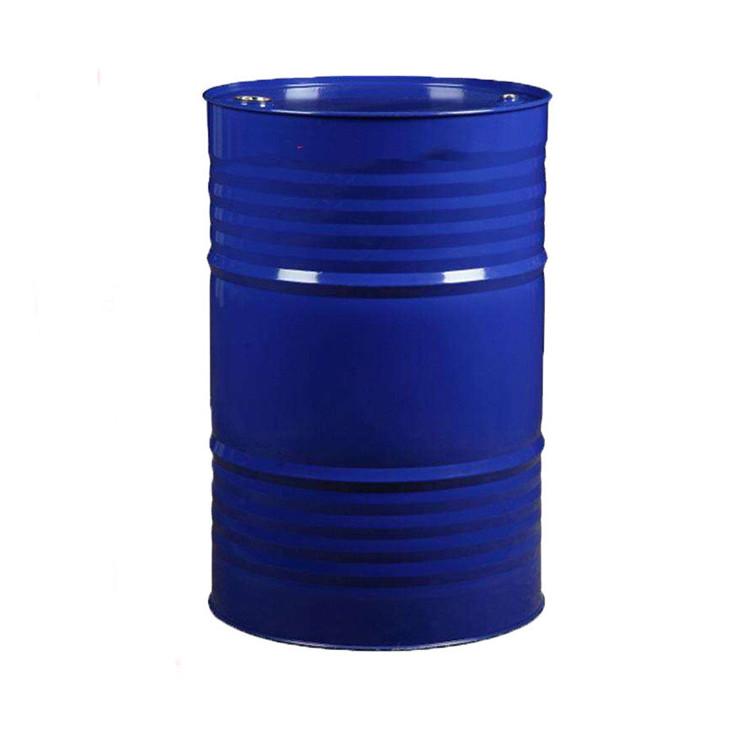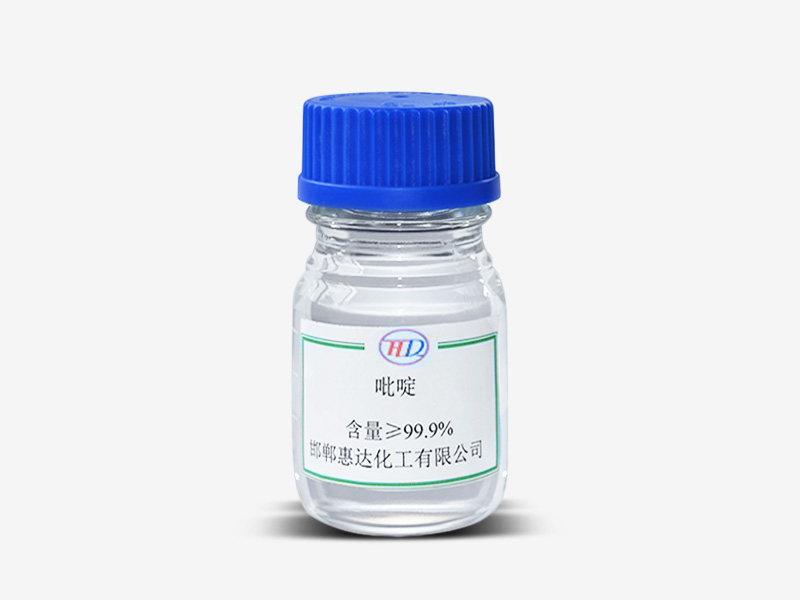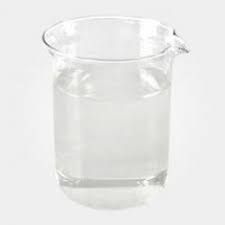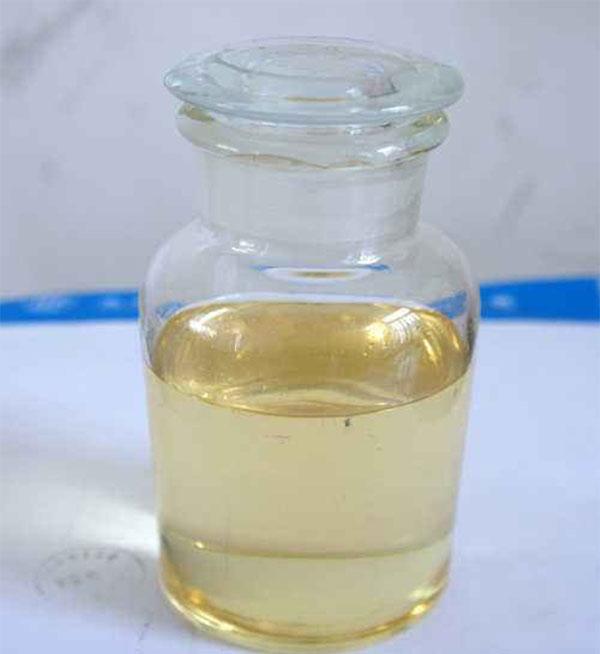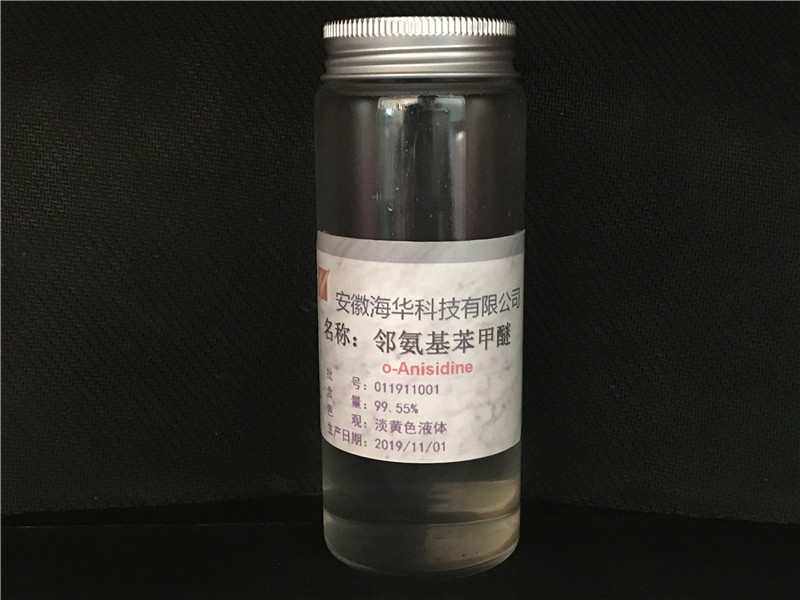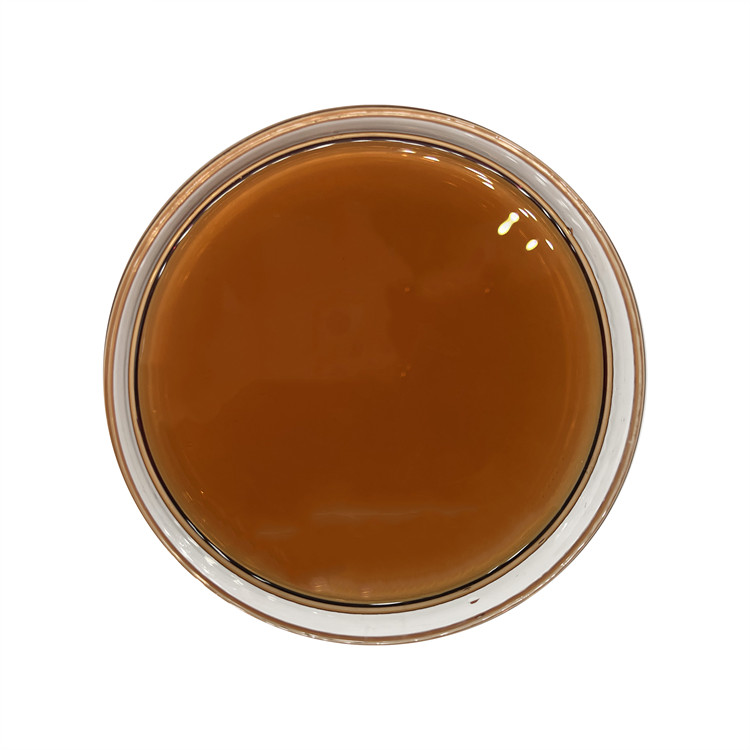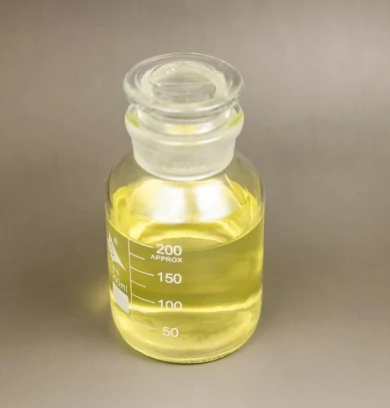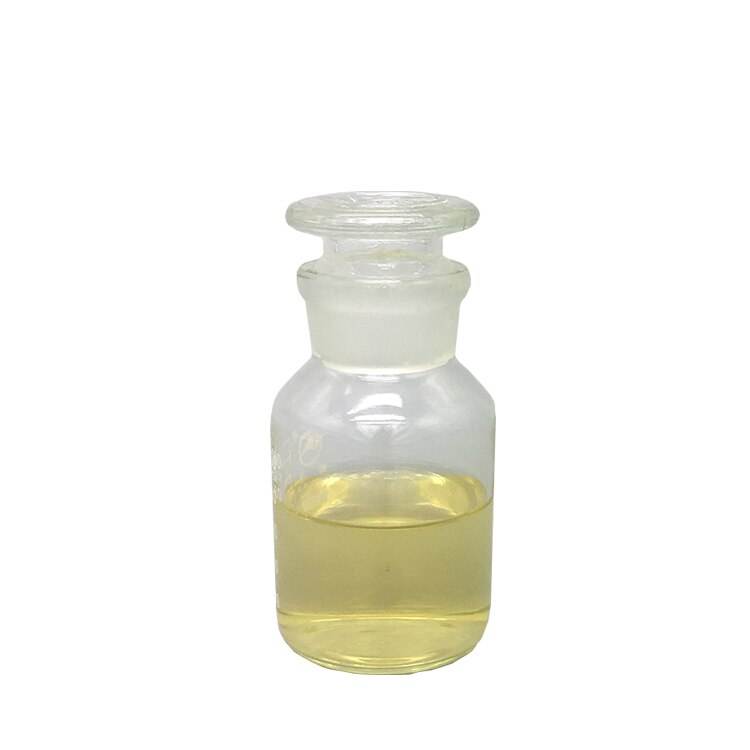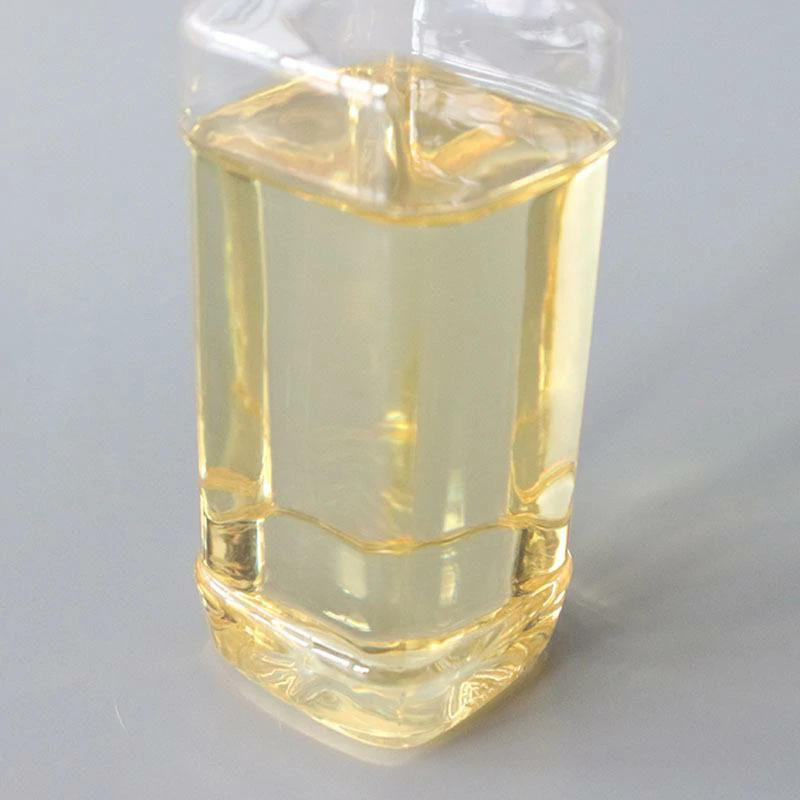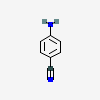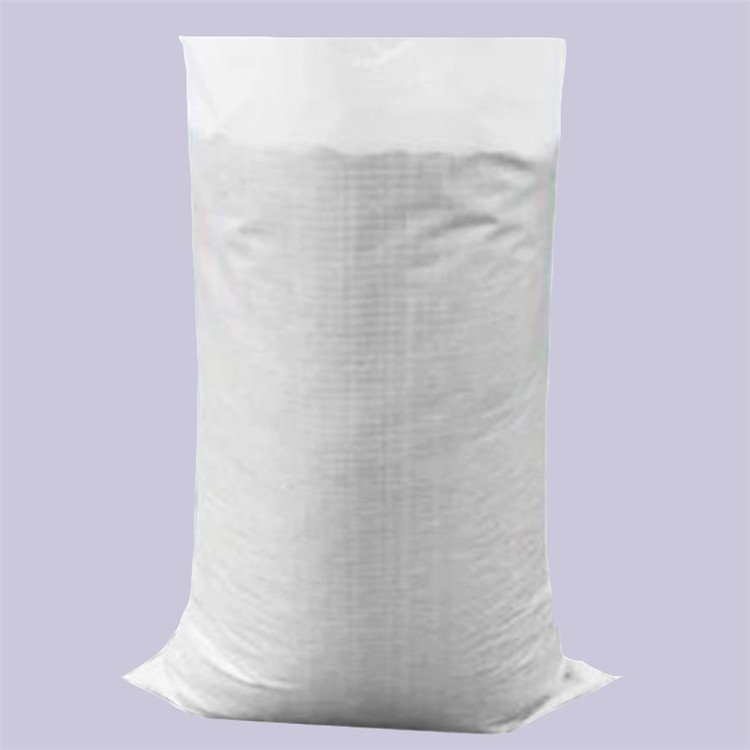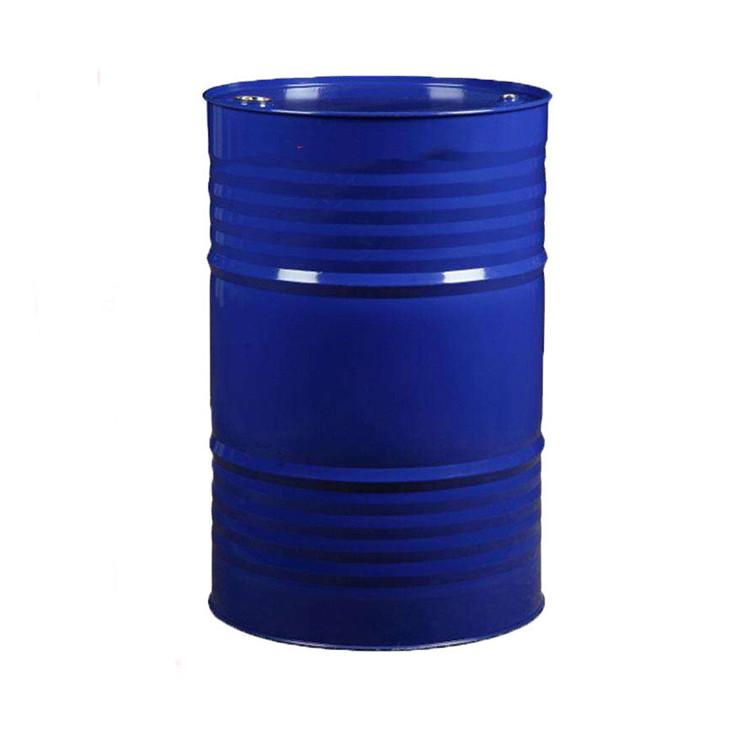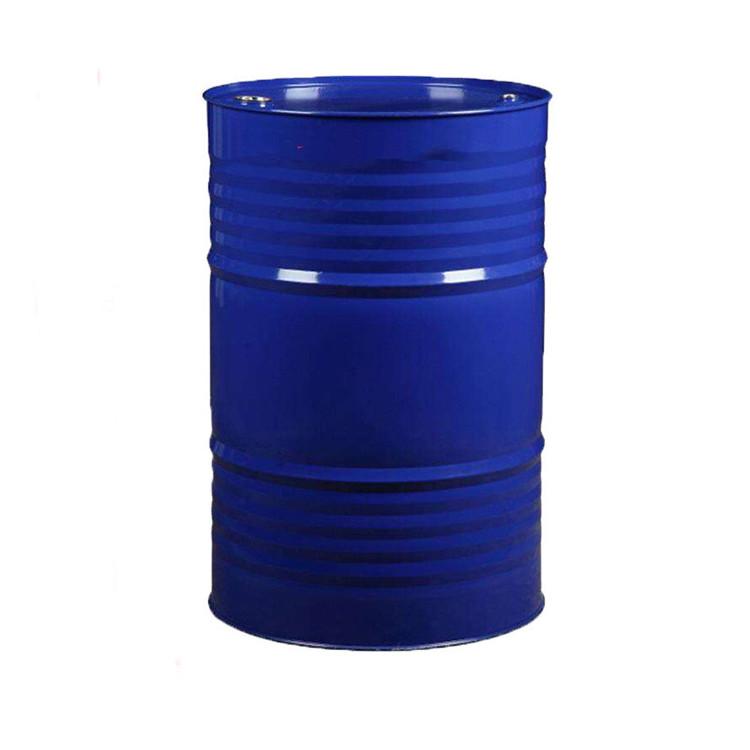Flavors and Fragrances
Find
69
related chemicals for you
CAS:110-86-1
Molecular Formula:C5H5N
Alias
More Information
Azabenzene; Azine; Pyridin; Piridina; Pirydyna; Pyridine Crude
Brief Introduction
Pyridine is a six membered heterocyclic compound containing one aza atom, that is, a compound formed by the substitution of one carbon in benzene molecule with nitrogen. It is similar to benzene in that it has the same electronic structure and still has aromaticity. Pyridine and its derivatives are more stable than benzene, and their reactivity is similar to nitrobenzene. Due to the electron absorption of nitrogen atoms in the ring, the electron density at positions 2, 4 and 6 is lower than that at positions 3 and 5. The typical aromatic electrophilic substitution reaction occurs at positions 3 and 5, but the reactivity is lower than that of benzene, so it is generally not easy to nitration, halogenation and sulfonation. In addition, these substitution reactions are carried out in acidic medium. Pyridine forms positively charged ions, which make electrophilic reagents inaccessible. The halogens of 2-or 4-halopyridines are active. Because of the low electron density at positions 2 and 6, nucleophilic substitution reactions can take place at these positions, such as reaction with sodium amino or potassium hydroxide, to give corresponding 2-aminopyridine or 2-hydroxypyridine. Pyridine can also be used as denaturant and dyeing aid in industry, as well as the starting material for synthesis of a series of products, including drugs, disinfectants, dyes, food seasonings, adhesives, explosives and so on. Pyridine is toxic, inhalation, ingestion or skin contact can lead to reduced male fertility, can also cause cancer.
Suppliers
View More Vendors (5) >
CAS:90-04-0
Molecular Formula:C7H9NO
Alias
More Information
2-Aminoanisole; 2-Anisidine; Benzenamine, 2-Methoxy-; O-Methoxyphenylamine; O-Anisole
Brief Introduction
Used as dye, perfume and medicine intermediate.
Suppliers
View More Vendors (5) >
CAS:121-69-7
Molecular Formula:C8H11N
Alias
More Information
Dimethylanilin; DMA; Dimethylphenylamine; N,N-Dimethylbenzenamine; N,N-Dimethylbenzeneamine; Aniline,N,N-Dimethyl; Phenyldimethylamine; N,N-Dimethyl-Aniline; Benzenamine,N,N-Dimethyl; N,N-Dimethylphenylamine; Aniline, N,N-Dimethyl-; Benzenamine,N,N-Dimethyl-; N,N-Dimethyl-Benzenamine; N,N-Dimethyl-N-Phenylamine; N,N-Dimethylacetate; N-Acetyldimethylamine
Brief Introduction
This product is an important dye intermediate. It can be used to prepare basic light yellow, basic violet 5bn, basic magenta green, basic lake blue BB, basic brilliant blue R, cationic red 2BL, brilliant red 5GN, purple 3bl, brilliant blue, etc. In the pharmaceutical industry, the product can be used to manufacture cephalosporin V, sulfa-b-methoxypyrimidine, sulfa-o-dimethoxypyrine, fluorocytosine, etc. It can be used to produce vanillin in perfume industry. It can also be used as raw materials of solvent, rubber vulcanization accelerator, explosive and some organic intermediates.
Suppliers
View More Vendors (4) >
<Invalid Value>
99.85%
/
Tech Grade
200kg
/
Iron Drum
CAS:873-74-5
Molecular Formula:C7H6N2
Alias
More Information
P-Cyanophenyl Amine; 1-Amino-4-Cyanobenzene; Benzonitrile,P-Amino; Benzonitrile,4-Amino; 4-Cyanophenylamine; 4-Cyanoaniline; 4-Cyanobenzenamine; 4-Cyanobenzeneamine; p-Cyanophenylamine; 4-Aminobenonitrile; 4-Aminobenzonitirle; 4-Aminobenzonitrile
Brief Introduction
This product can be used as pesticide intermediate and perfume synthesis.
Suppliers
View More Vendors (3) >
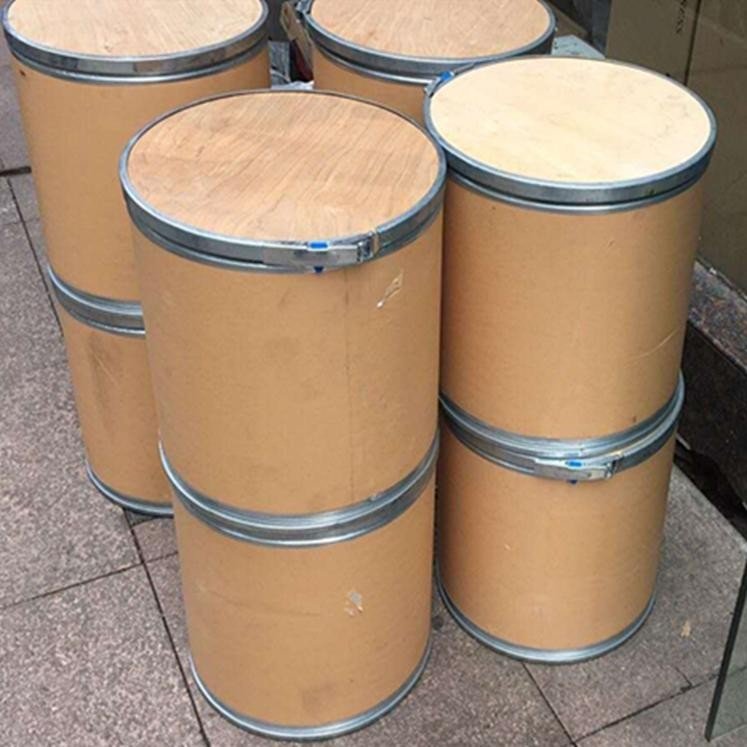
Enterprise standard
/
Tech Grade
25kg
/
Fibre Drum
CAS:100-42-5
Molecular Formula:C8H8
Alias
More Information
SM; Styrene Monomer; Stirolo; Styrol; Sryrene; Styrole; Styren; Syrene; Ethenylbenzene; Vinylbenzene; Styron; Styreen; Phenylethylene; Monomero de Estireno; Styrenen Momomer; _|_; Benzene Derivative
Brief Introduction
The most important uses are the synthetic rubber and plastic monomers for the production of styrene butadiene rubber, polystyrene and foam polystyrene. It is also used for copolymerization with other monomers to produce engineering plastics for a variety of different purposes. For example, ABS resin is prepared by copolymerization with acrylonitrile and butadiene, which is widely used in various household appliances and industry; The San prepared by copolymerization with acrylonitrile is an impact resistant resin with bright color; SBS prepared by copolymerization with butadiene is a thermoplastic rubber, which is widely used as modifier of PVC and polypropylene. In addition, a small amount of styrene is also used as intermediates such as spices. Cinnamyl chloride is obtained by chloromethylation of styrene. It is used as an intermediate of qiantongding, a non narcotic analgesic. Styrene is also used as an easy cough zine for antitussive and expectorant and as an original drug of Weichangning, an anticholinergic drug. It can also be used as a hard monomer for producing styrene acrylic emulsion and solvent type pressure sensitive adhesive, or for cross-linking monomer of unsaturated polyester resin. It is used for organic synthesis and resin synthesis, and for preparing copper plating brightener, which plays the role of leveling and brightening. It is used as a hard monomer for the production of styrene acrylic emulsion and solvent type pressure sensitive adhesive, and it can also be used as cross-linking monomer of unsaturated polyester resin. It is used to make polystyrene, foam polystyrene and styrene butadiene rubber. ABS resin was prepared by copolymerization with acrylonitrile and butadiene; SBS and SIS thermoplastic elastomers were prepared by copolymerization with butadiene and isoprene respectively; Emulsion adhesives and coatings were prepared by copolymerization with vinyl acetate and acrylic ester. It is also used as crosslinking monomer of unsaturated polyester, modification of PVC and polypropylene, and intermediate of synthetic perfume. Cinnamyl chloride is obtained by chloromethylation of styrene. It is used as an intermediate of qiantongding, a non narcotic analgesic. Styrene is also used as the original drug of yikezine, an antitussive and expectorant drug, and Weichangning, an anticholinergic drug. It is used to synthesize styrene butadiene rubber and polystyrene resin, polyester FRP and coatings, synthetic dye intermediate anthraquinone, pesticide emulsifier, medicine, beneficiation agent styrene phosphonic acid, etc. Used for making polystyrene, synthetic rubber, ion exchange resin, etc.
Suppliers
View More Vendors (3) >
Inquiry (
10
/ 10
)
Clear All
You can inquire for up to 10 products at a time
Sign In
Error!

